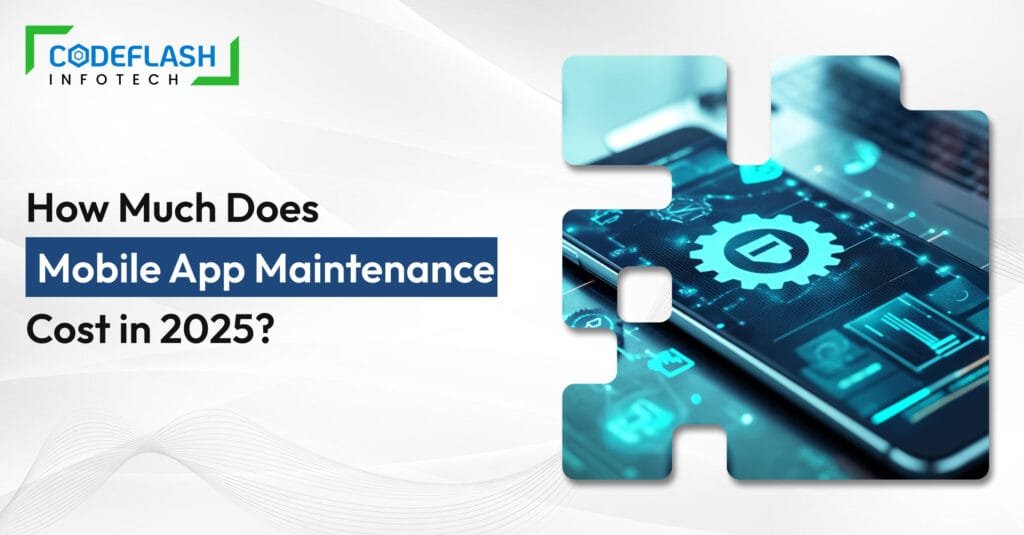
Top Food Delivery Business Models: A Updated Guide for 2024
19 MAY 2023
Are you thinking about to start a food delivery business in 2024? finding a best food delivery business model for 2024?
Well, you’re not alone. many startup entrepreneurs have many mobile app ideas to develop a mobile apps in coming years with different business & revenue models.
In this comprehensive Online Food Delivery Business Model guide, we’ll not only explore the convenience and variety that online food delivery services and food delivery businesses offer but also delve into the intricacies of their business model. From customer acquisition strategies to their partnerships with restaurants, we’ll uncover all the fascinating details about this rapidly growing market. So, sit back, relax, and grab a snack as we take a deep dive into the world of online food delivery!
SEE ALSO: Top Food delivery apps in the USA
Different Types of Food Delivery Business Models
- Online Food Delivery Platforms: These websites or apps have revolutionized the way we order food. With a few taps on our smartphones, we can browse restaurant menus and place orders seamlessly. When it comes to the most popular platforms in the US, Grubhub, Seamless, and Uber Eats take the lead.
- Restaurants: These are the businesses that prepare and deliver the food ordered by customers through the delivery platforms.
- Delivery Drivers: These are the independent contractors who pick up orders from restaurants and deliver them to customers’ homes or offices.
How Integrated Food Delivery Business Model Works?
- Customers place orders through a mobile app or website:
Customers can browse menus and place orders through a mobile app or website of the food delivery platform. They can also customize their orders and make payments through the app. - Orders are transmitted to restaurants:
Once an order is placed, the food delivery platform sends the order to the restaurant that the customer selected. The restaurant prepares the order and notifies the food delivery platform when it is ready for pickup. - Delivery partners pick up the order:
A delivery partner, often a gig worker or a contractor, receives a notification of the order and picks it up from the restaurant. The delivery partner then delivers the order to the customer’s specified location. - Customers receive their orders:
The customer receives their order at their doorstep or another specified location, and they can rate their experience on the app or website. - Revenue is generated through commissions and fees:
The food delivery platform generates revenue by taking a commission or fee from each order, typically ranging from 15% to 30% of the total order value. The platform may also charge delivery fees or offer subscription services for frequent users.
How does a food delivery business make money?
There are several different types of food delivery business models, each with its own unique approach. Let’s take a closer look at them: The most common type is the restaurant-to-consumer (R2C) model, where restaurants partner with a third-party delivery service to provide delivery services to their customers. In this model, the customer actively places an order with the restaurant, which is then fulfilled by the designated delivery service.
Another prevalent model is the platform-based model, where a central online platform actively connects customers with a variety of restaurants and third-party delivery services. Customers can proactively browse through a selection of restaurants, choose their desired dishes, and have them delivered by their chosen third-party service.
A different approach is a subscription-based model, in which customers actively subscribe to a meal plan or other food service and receive regular deliveries of prepared meals. Companies offering meal kit services often utilize this type of food delivery business model.
Additionally, there is the on-demand food delivery business model, where customers have the ability to proactively order meals from a selection of restaurants at any time and have them delivered within a specified timeframe.
In this comprehensive guide, we will explore each of these food delivery business models in detail, shedding light on their inner workings, customer experiences, and operational processes. So, join us as we embark on this journey to uncover the dynamic world of online food delivery.
Advantages and Disadvantages of an Online Food Delivery Business Model
Advantages:
- Convenience: Customers can easily order food from their favourite restaurants from the comfort of their homes or workplaces, making it a convenient option.
- Increased reach: Online food delivery business models allow restaurants to reach a wider customer base beyond their immediate geographical area.
- Increased sales: Restaurants can benefit from increased sales due to the additional orders received through the online platform.
- Cost-effective: Setting up an online food delivery business model can be cost-effective compared to opening a physical restaurant or expanding an existing one.
- Real-time tracking: Customers can track their orders in real-time and receive updates on the delivery status, which helps to enhance customer satisfaction.
Disadvantages:
- Dependency on third-party platforms: Restaurants depend on online food delivery platforms to reach customers, which can limit their control over the customer experience.
- Delivery costs: The cost of delivery can be a significant expense for online food delivery businesses, which can impact profitability.
- Quality control: Maintaining the consistent quality of food and service can be challenging for restaurants, especially during peak hours.
- Regulatory compliance: Online food delivery businesses must comply with local and national regulations related to food safety, health, and labour laws, which can be time-consuming and costly.
Overall, the online food delivery business model presents numerous benefits to both customers and restaurants. However, it is not without its fair share of challenges and risks. By carefully considering the advantages and disadvantages and actively implementing strategies to mitigate potential risks, entrepreneurs can build a successful and sustainable online food delivery business.
Tips on How to Set Up Your Own Online Food Delivery Business Model
- Define your niche and target market: Identify a specific niche or target market to differentiate your business from competitors. This could include focusing on a particular cuisine, dietary preferences, or location.
- Build a strong online presence: Partner with us to develop a user-friendly website or mobile app that empowers customers to effortlessly place orders, personalize their meals, and conveniently make payments. Our expertise lies in creating platforms optimized for seamless mobile device usage and seamlessly integrating with popular payment systems. By collaborating with us to develop a food delivery app, you can ensure a smooth and satisfying user experience for your customers, increasing engagement and loyalty. Let us join forces to bring your vision to life and revolutionize how people order and enjoy food.
- Partner with restaurants and delivery partners: Build relationships with local restaurants to offer a wide range of menu options and partner with reliable delivery partners to ensure timely and efficient delivery.
- Implement a reliable ordering and delivery system: Ensure a smooth and efficient ordering and delivery process by using reliable and efficient technology solutions. This includes real-time order tracking, automated order processing, and seamless communication with customers, restaurants, and delivery partners.
- Offer incentives and promotions: Attract and retain customers by offering incentives and promotions such as discounts, referral programs, and loyalty rewards. This can help to build customer loyalty and encourage repeat orders.
- Ensure regulatory compliance: Comply with local and national regulations related to food safety, health, and labour laws. Obtain the necessary licenses and permits before launching your business.
- Continuously gather customer feedback and make improvements: Collect customer feedback through surveys or reviews and use this information to improve your business model, enhance customer experience, and stay competitive in the market.
Necessary Steps to Start an Online Food Delivery Business
Assuming you have a food business already, the necessary steps to starting an online delivery service are as follows:
- Firstly, you need to create a website or online ordering system. This is where customers will place their orders and make payments. You can either build your system or use off-the-shelf software.
- Secondly, you need to choose a delivery method. Will you use your vehicles? Or partner with a local delivery company?
- Thirdly, you need to set up payment processing. This can be done through a third-party provider such as PayPal or Stripe, or you can process payments directly on your website or online ordering system.
- You need to promote your new online delivery service! Make sure to list it on your website and in any relevant directories (e.g., Yelp, Google Maps). You can also promote it through social media, email marketing, and traditional advertising channels.
Strategies for Optimizing Your Online Food Delivery Business
To optimize your online food delivery business, there are a few key strategies you can implement:
- Make sure your website is up to date and features a responsive design that looks good on all devices.
- Use social media platforms to actively promote your business and engage with potential customers.
- Make use of targeted marketing techniques to reach your ideal customer base.
- Offer incentives or discounts to encourage customers to place orders with your business.
- Constantly review and analyze your data to identify areas of improvement for your business.
Conclusion
If you want to enter the food industry and embark on a successful venture, online food delivery business models provide an excellent opportunity. By familiarizing yourself with the essentials of creating an online platform, you can position yourself for triumph. Moreover, with the right strategies in place, such as sourcing dependable suppliers, designing captivating visuals, and offering exclusive discounts to loyal customers, you can cultivate a devoted clientele that keeps returning for your delectable dishes. What’s more, if you can develop a custom taxi booking app as well, you can diversify your business and embark on a new entrepreneurial journey. The possibilities are boundless with an online food delivery business model, so why not seize the moment and try it today?
Table of Content
Three main players in the online food delivery business model
Online food delivery business model works
Different Types of Food Delivery Business Models
Advantages and Disadvantages of an Online Food Delivery Business Model
Tips on How to Set Up Your Own Online Food Delivery Business Model
Necessary Steps to Start an Online Food Delivery Business
Strategies for Optimizing Your Online Food Delivery Business




